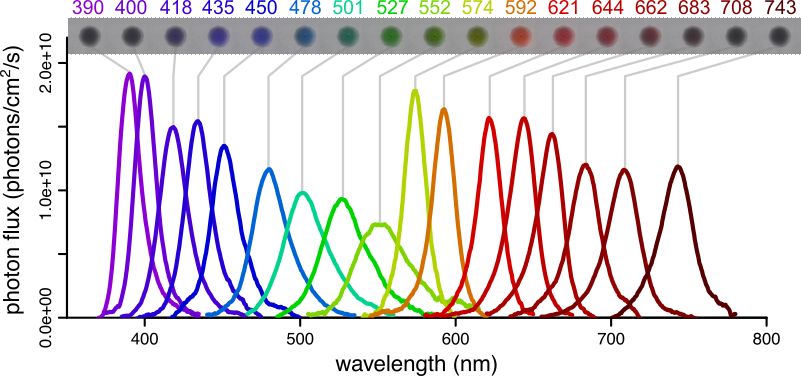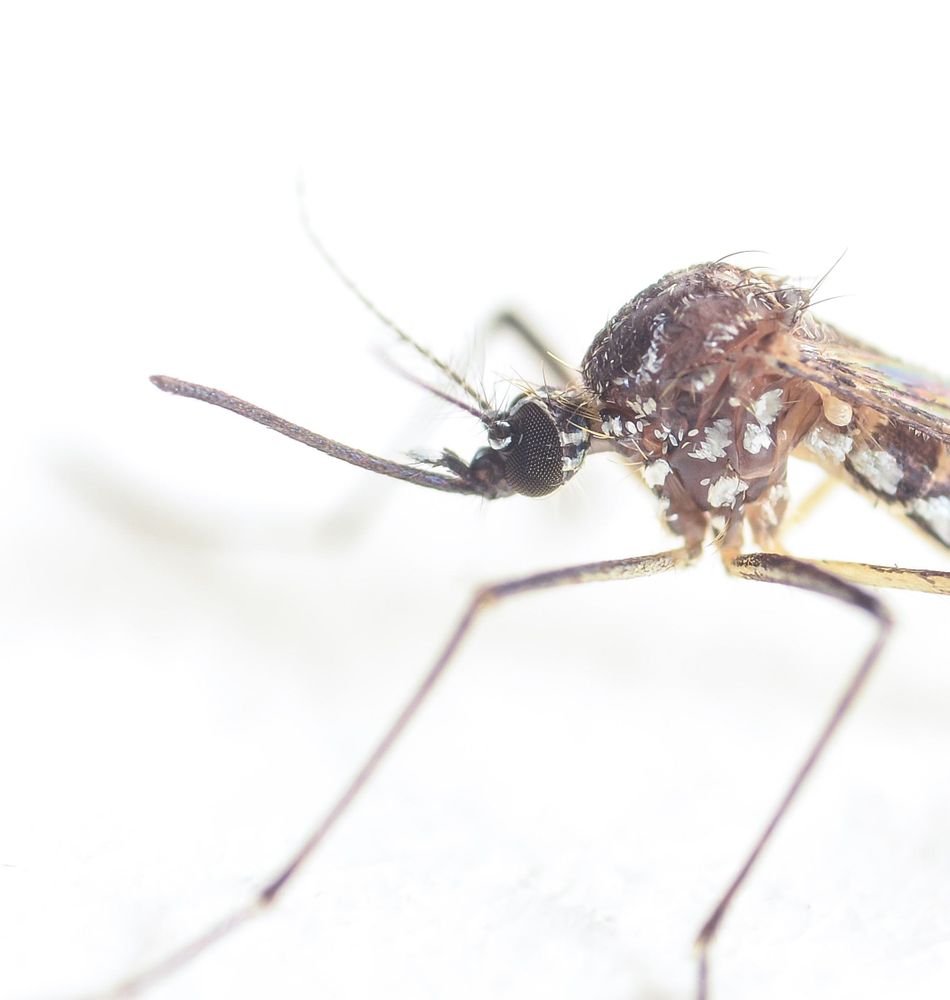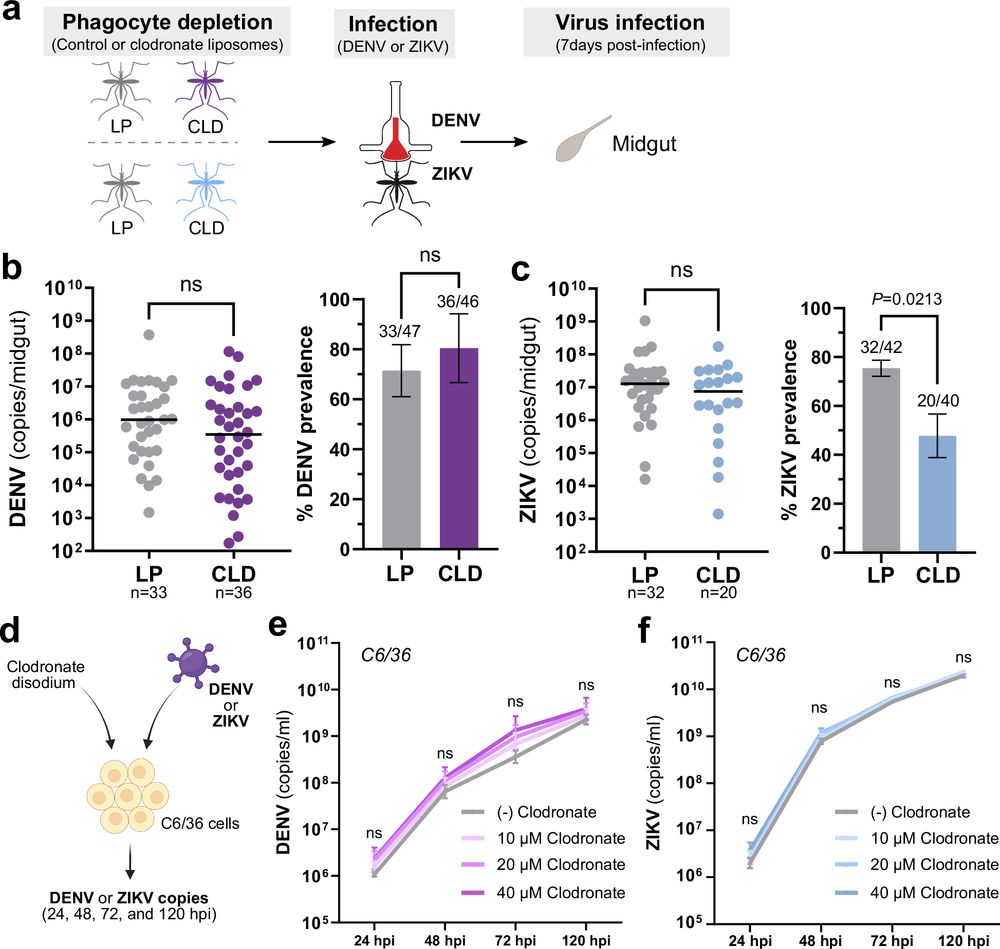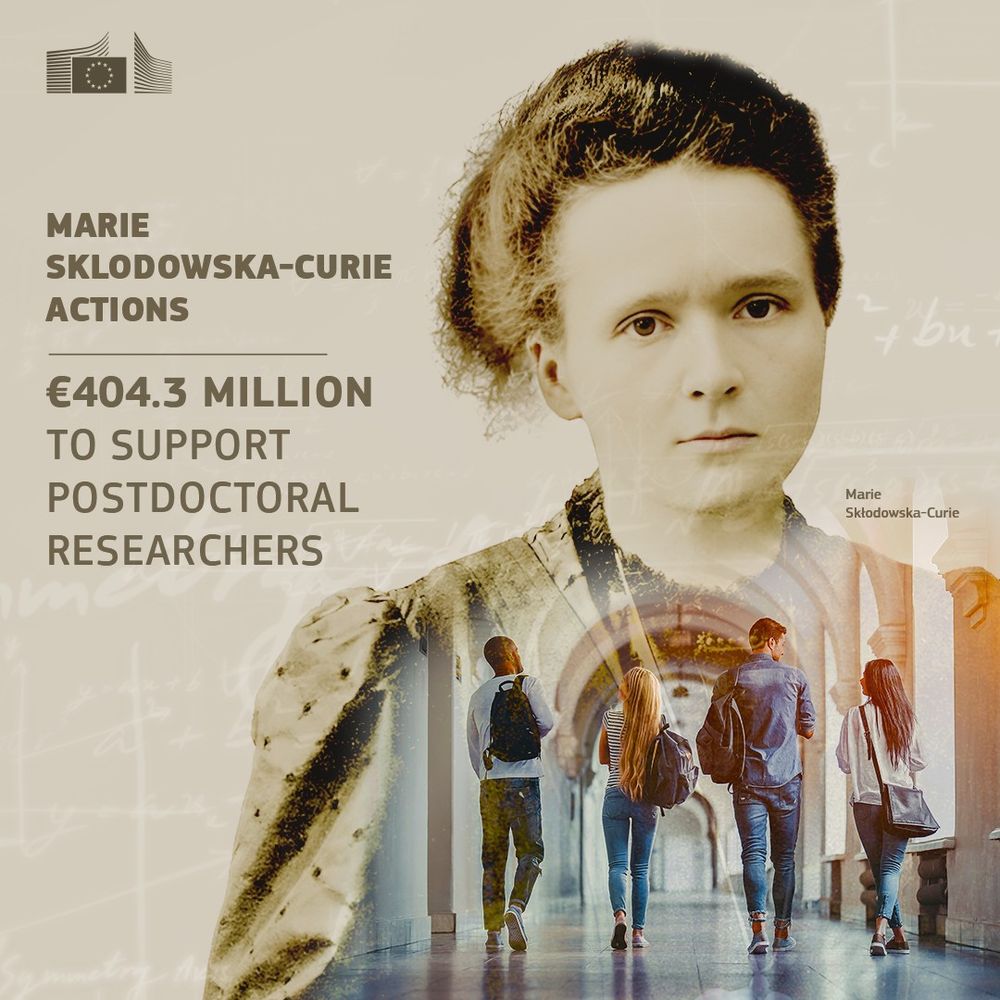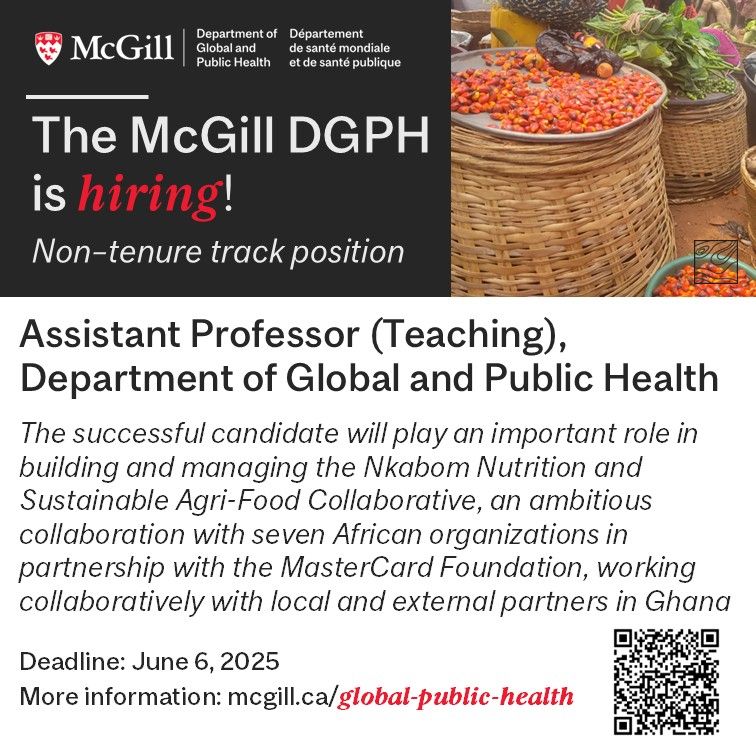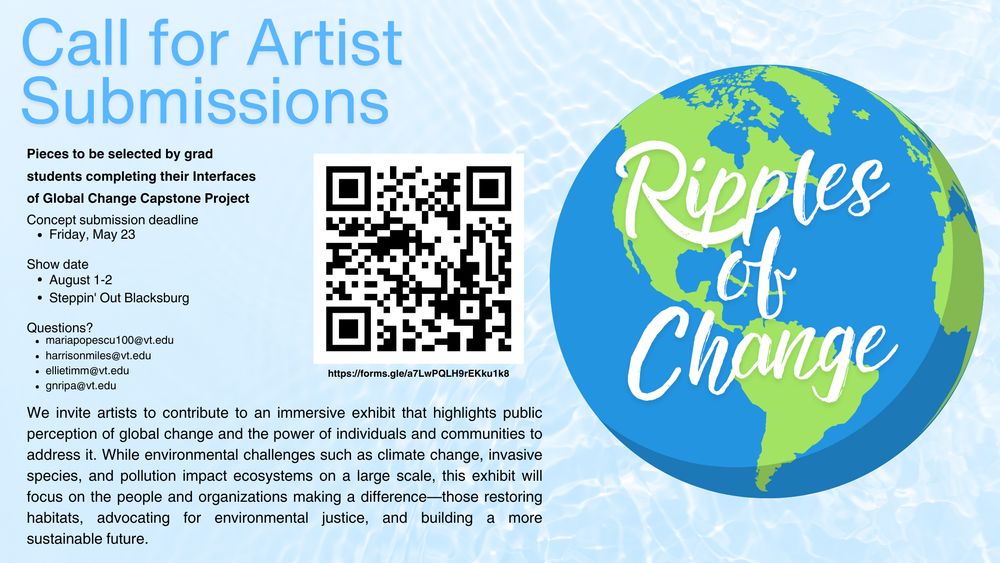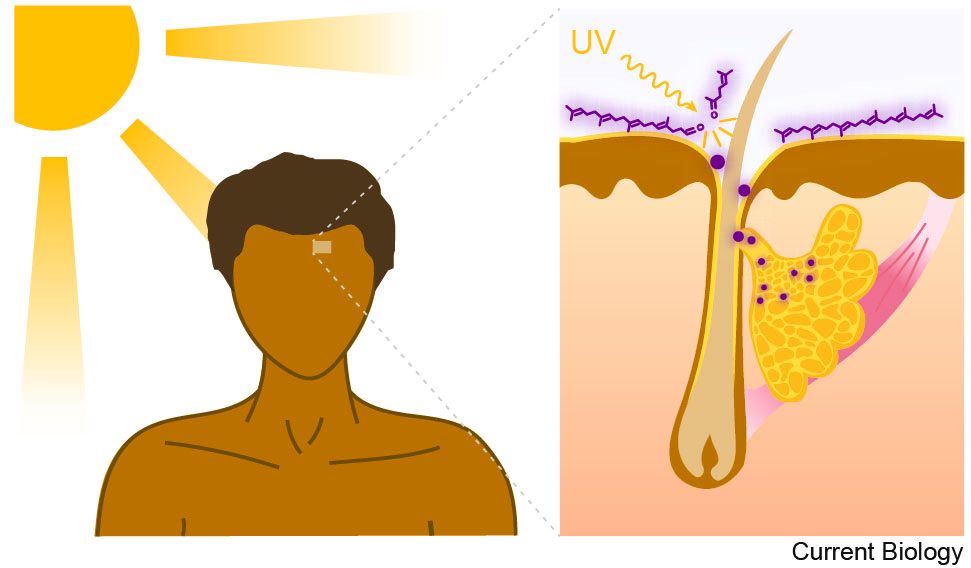Chloé Lahondère
@lahonderelab.bsky.social
630 followers
450 following
50 posts
Associate Professor at Virginia Tech - disease vector insects eco-physio, thermal bio and neuroetho lab -#DEI - she/elle - #MomInScience
Posts
Media
Videos
Starter Packs
Reposted by Chloé Lahondère
Reposted by Chloé Lahondère
Meg Younger
@megyounger.bsky.social
· Jul 31

Recurrent connectivity supports carbon dioxide sensitivity in Aedes aegypti mosquitoes
The mosquito Aedes aegypti′s human host-seeking behavior depends on the integration of multiple sensory cues. One of these cues, carbon dioxide (CO2), gates odorant and heat pathways and activates hos...
doi.org
Reposted by Chloé Lahondère
Chloé Lahondère
@lahonderelab.bsky.social
· Jun 24
Reposted by Chloé Lahondère
Reposted by Chloé Lahondère
Reposted by Chloé Lahondère
Don Yee
@mosquitolab.bsky.social
· May 13

Environmental heterogeneity across an urban gradient influences detritus and nutrients within artificial containers and their associated vector Aedes sp. larvae in San Juan, Puerto Rico
Abstract. Detrital inputs from the surrounding terrestrial environment provide essential nutrients that sustain mosquito populations in aquatic containers.
academic.oup.com
Reposted by Chloé Lahondère
Reposted by Chloé Lahondère
Reposted by Chloé Lahondère
Reposted by Chloé Lahondère
Kristin Michel
@kmichel.bsky.social
· May 1

Understanding the Burden of Agriculturally Significant Vector-Borne and Parasitic Diseases in Kansas | Vector-Borne and Zoonotic Diseases
Background: The state of Kansas (KS) has been called the “agricultural heartland” of the United States. Vector-borne and parasitic diseases (VBPD) have a major impact on the production of livestock, such as cattle, swine, goats and sheep, as well as crops, such as wheat, corn, and sorghum. The purpose of this review is to educate agricultural professionals in the state of KS about VBPD of current or potential concern and to inform the public about the challenges faced by the agricultural community. Methods: This review describes and discusses the endemic VBPD that currently impact agricultural production in KS and foreign VBPD of concern. In addition, we outline the major arthropod vectors of VBPD in KS, including ticks, mites, and various insects. In the context of this review, parasites are strictly limited to arthropod ectoparasites that negatively impact livestock production. Modern agricultural data for the state of KS were mostly sourced from the USDA National Agricultural Statistics Service, and current KS VBPD data were mostly sourced from the KS State Veterinary Diagnostic Laboratory. Conclusion: These VBPD have a large economic impact on the state and country, and we have concluded there is a need for updated estimates regarding the economic burden of VBPD in KS and throughout the United States to make better animal and crop health investment decisions.
www.liebertpub.com
Reposted by Chloé Lahondère
Reposted by Chloé Lahondère
Reposted by Chloé Lahondère
Becky Smith
@rlsdvm.bsky.social
· Apr 28

Evaluation of the 2022 West Nile virus forecasting challenge, USA - Parasites & Vectors
Background West Nile virus (WNV) is the most common cause of mosquito-borne disease in the continental USA, with an average of ~1200 severe, neuroinvasive cases reported annually from 2005 to 2021 (ra...
parasitesandvectors.biomedcentral.com
Chloé Lahondère
@lahonderelab.bsky.social
· Apr 25
Reposted by Chloé Lahondère
Reposted by Chloé Lahondère
Reposted by Chloé Lahondère
Nico Moiroux
@nmoiroux.bsky.social
· Apr 15

The potential of attractive insecticide-treated nets (ITNs) in reducing malaria transmission: a modeling study
Introduction Recent studies suggest that insecticide-treated nets (ITNs) may actively attract malaria vectors, increasing their likelihood of coming into contact with the insecticide while…
buff.ly




